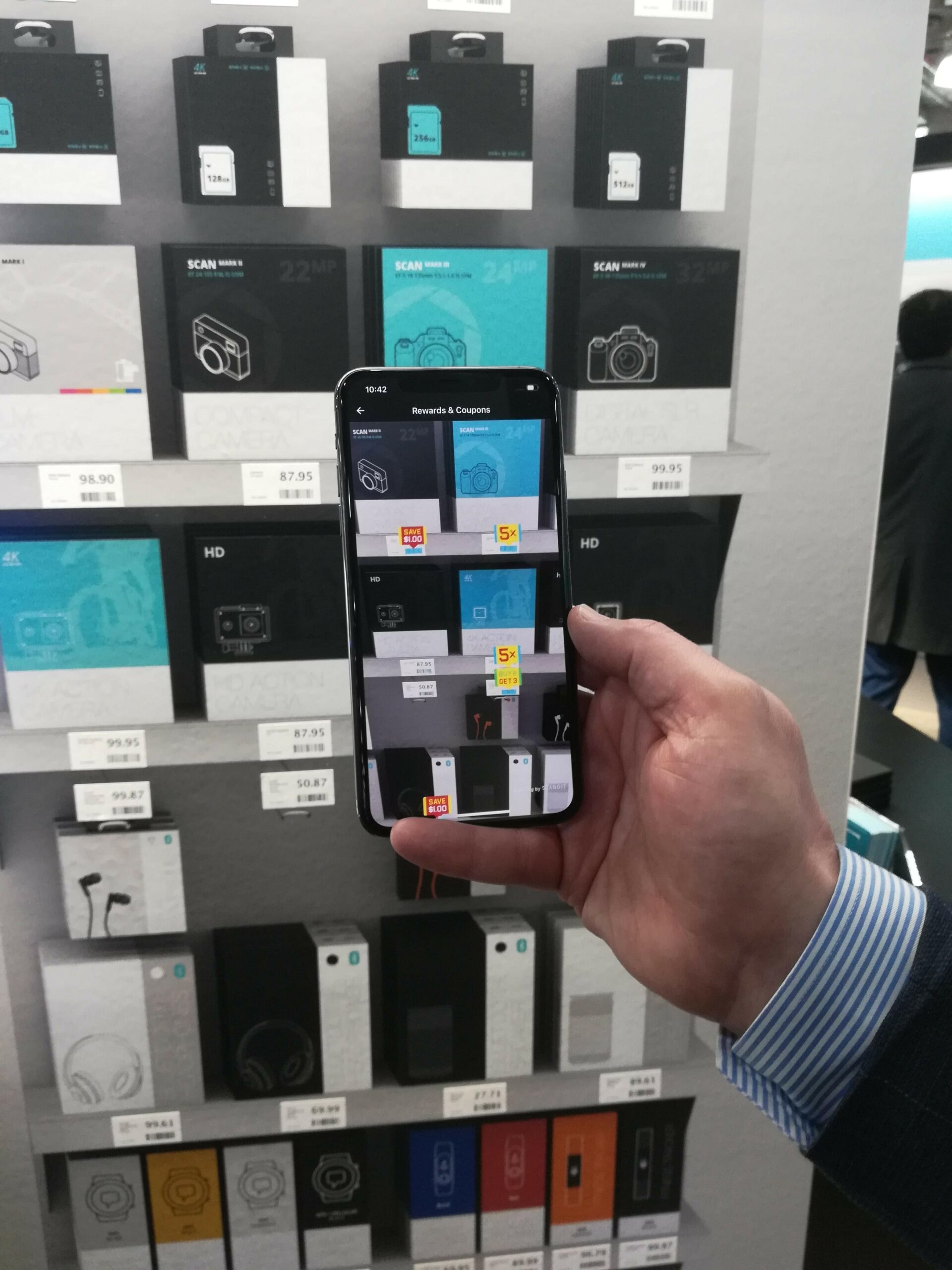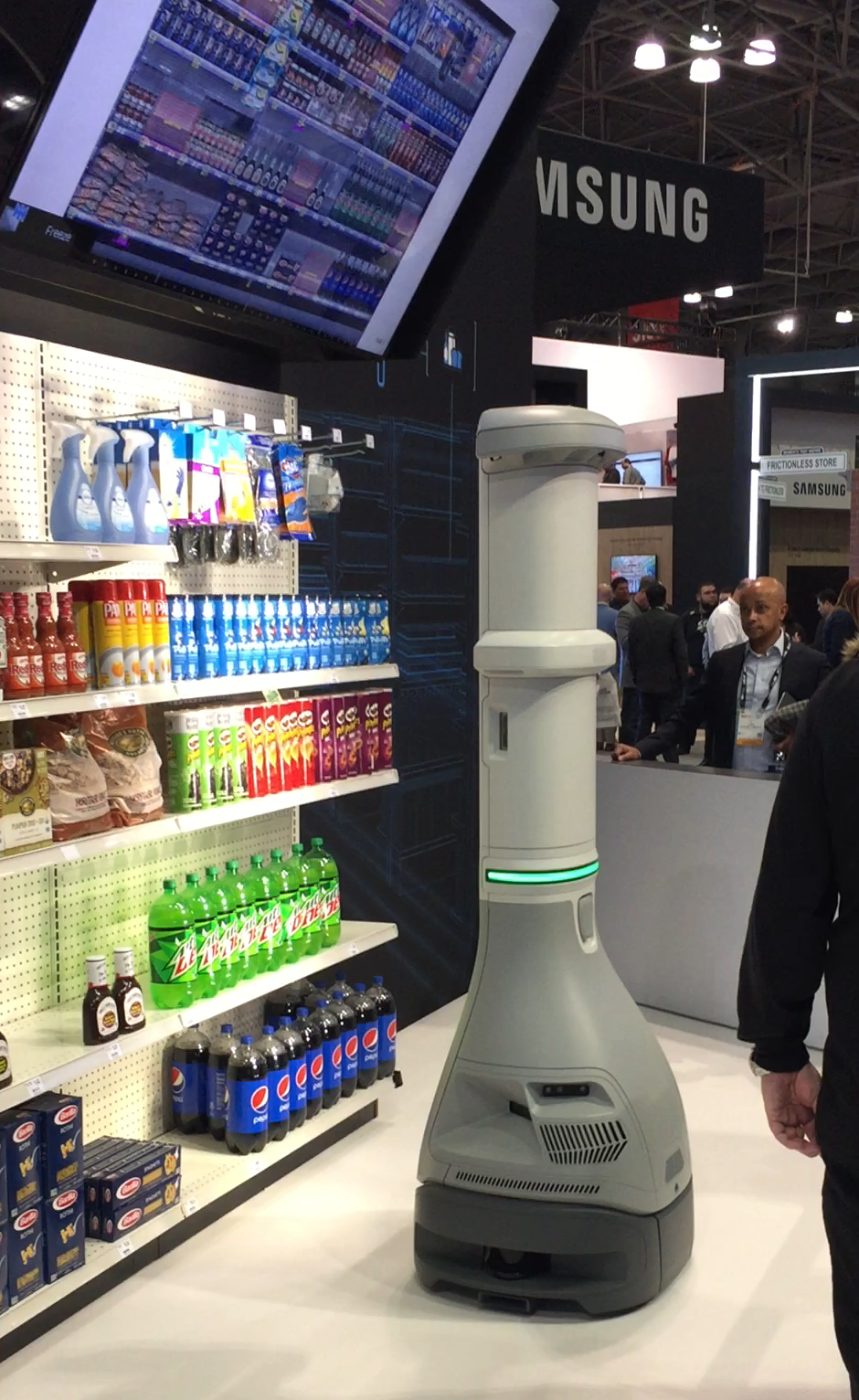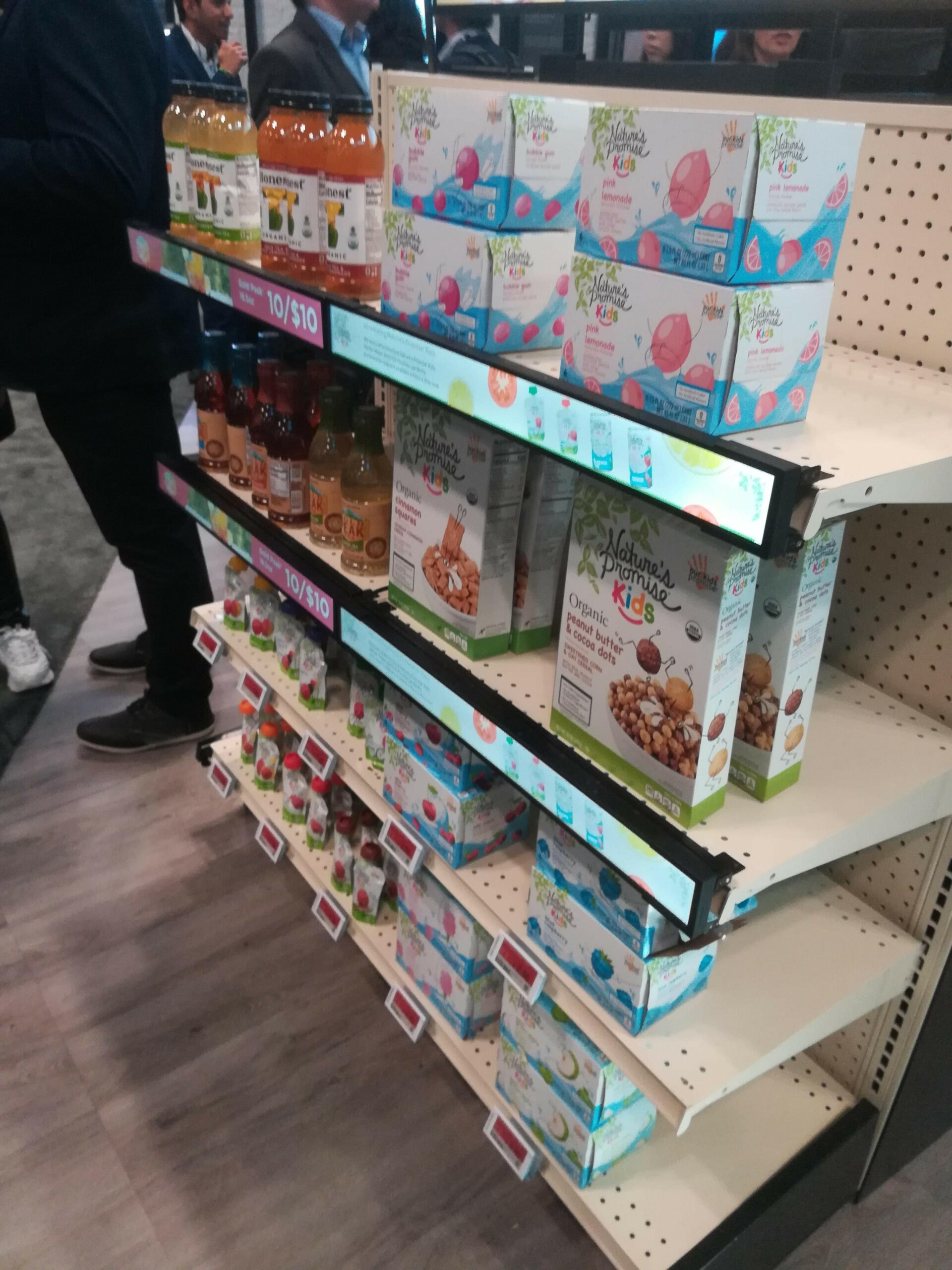NRF Retail’s Big Show 2020 indicates physical stores won’t disappear
To predict the future of retail I strongly recommend visiting a couple of specialized industry events such as the NRF in New York or EuroShop in Dusseldorf. These events offer some real-life perspective on what’s going to happen in the world of retail shopping. In these events, the future guidelines for the whole industry are set and the annual NRF: Retail’s Big Show is definitely one of the most important scene and the crown jewel of all retail exhibitions. Every year, the exhibition attracts thousands of industry professionals to share new ideas on how to improve retail technology and improve customer experience.
Retail and technology to work as a team
Past events tended to lean towards antagonizing retail and technology, mostly focusing on how innovation will push away tradition. This year it was the complete opposite – suddenly the narrative became much more positive, and there were even talks about retail and technology working together. It seems like both sides have finally started a healthy dialogue, which will hopefully lead to a consensus between tradition and innovation.
With around 40,000 visitors, including 16,000 retailers from 3,500 companies, some of you might have thought that this year’s Big Show would be all about disrupting the status quo through tearing down brick-and-mortar retailers, displaying flashy tech gimmicks and announcing the death of the humble little corner store. On the contrary, my impression was that the exhibition was all about improving existing solutions, implementing efficient technology to elevate customer service, while also respecting people’s needs for an actual physical store. There’s also a clear trend towards expanding self-service platforms, meaning that in the future we’ll witness a full-scale infrastructure based on people serving themselves.
The Big Show basically works as a litmus test for the whole industry. Everybody knows that decisions made here are likely to resonate throughout the world, significantly impacting our day-to-day shopping habits. Can we predict what will influence future shoppers the most? I’ll try and summarize some of the trends that will most likely have an impact on future retail. Here’s what I think the NRF: 2020 Retail’s Big Show was all about this year.
Computer vision
Computer vision in retail narrows down to developing solutions that instantly recognize certain items, regardless of whether they’re labelled or not. The idea is to offer a cluster of solutions that can analyze goods using in-built cameras and computer algorithms. There’s a lot of potential for such technology since goods sometimes get mixed up at self-service checkouts. Sneaky people are aware of the practice of weighing in expensive fruits and selecting them as their cheaper counterparts, which ends up in them paying less. Computer vision could put a stop to such behaviour as there would be no need for manual typing or double-checking. Imagine dropping a few apples on the scales and the computer instantly showing the name, type and weight of the fruit. Why is this useful? Two reasons: a) it saves time for both customers and businesses b) it prevents people from selecting the wrong item, by mistake or on purpose.
Augmented reality

Anybody who’s worked in retail will tell you that properly organized aisles are crucial to maintaining order in just about any store. Keeping a store shelf tidy isn’t as easy as it might sound. There are many logistical subtleties involved in retaining a steady supply of goods and keeping track of shortages. There are millions of things that could potentially go wrong. Even the biggest chains experience chaos in their aisles, which is a direct result of either lack of resources or due to human error. However, all of this might be easily prevented through augmented reality, meaning that a simple smartphone or tablet, equipped with shelf-scanning software could sort goods by marking any mistakes or shortages, spotting inconsistencies in prices or labels. Employees could just analyze shelves through the lenses of their cameras, and watch as additional information pops up the screen. For example, if there’s a shortage of milk or eggs, the software will highlight certain areas in red, indicating that you should stock up on.
Robotics
 Just like various AR and VR solutions, robots will play a major part in making sure that the goods are in check. During the exhibition, we’ve seen autonomous robots that are able to keep track of shortages, prices, labels, types of goods, and efficiently handle logistics. The robots are equipped with an arsenal of sensors and cameras, meaning that they’re able to move around aisles without running into obstacles. This is a huge leap forward because for the first time we have retail robots that can actually solve practical problems.
Just like various AR and VR solutions, robots will play a major part in making sure that the goods are in check. During the exhibition, we’ve seen autonomous robots that are able to keep track of shortages, prices, labels, types of goods, and efficiently handle logistics. The robots are equipped with an arsenal of sensors and cameras, meaning that they’re able to move around aisles without running into obstacles. This is a huge leap forward because for the first time we have retail robots that can actually solve practical problems.
Digital signage
It’s very likely that in the future prices, ads and special offers will be displayed on interactive screens right under the goods you’re about to buy. To get an idea of how this works, imagine standing in front of a store shelf that has in-built screens, reaching out for a box of your favourite pasta. As you step forward, the screen wakes up and starts displaying price, weight, nutritional value, while also throwing in a couple of ads, and maybe even offering a special tomato sauce that you can pair with the pasta.
Technology will serve people
 NRF 2020 Retail’s Big Show showcased many solutions that looked like they’re straight out of a “Back to the future” movie. However, there was nothing excessive or unrealistic about these solutions. It seems like we’re finally done with showing off just to impress potential investors. There was a time when words like automation or artificial intelligence were basically buzzwords words used to seek recognition, but nowadays tech companies are mature enough to understand that their solutions need to solve specific retail problems and serve practical purposes. Most retailers now agree that solutions have to be tailored towards offering the best possible customer experience.
NRF 2020 Retail’s Big Show showcased many solutions that looked like they’re straight out of a “Back to the future” movie. However, there was nothing excessive or unrealistic about these solutions. It seems like we’re finally done with showing off just to impress potential investors. There was a time when words like automation or artificial intelligence were basically buzzwords words used to seek recognition, but nowadays tech companies are mature enough to understand that their solutions need to solve specific retail problems and serve practical purposes. Most retailers now agree that solutions have to be tailored towards offering the best possible customer experience.
If I was asked to summarize this year’s Big Show I would say that it was very special because for the first time we’ve seen an attempt at collaboration and dialogue. Not something you see every day in the world of tech and retailers.